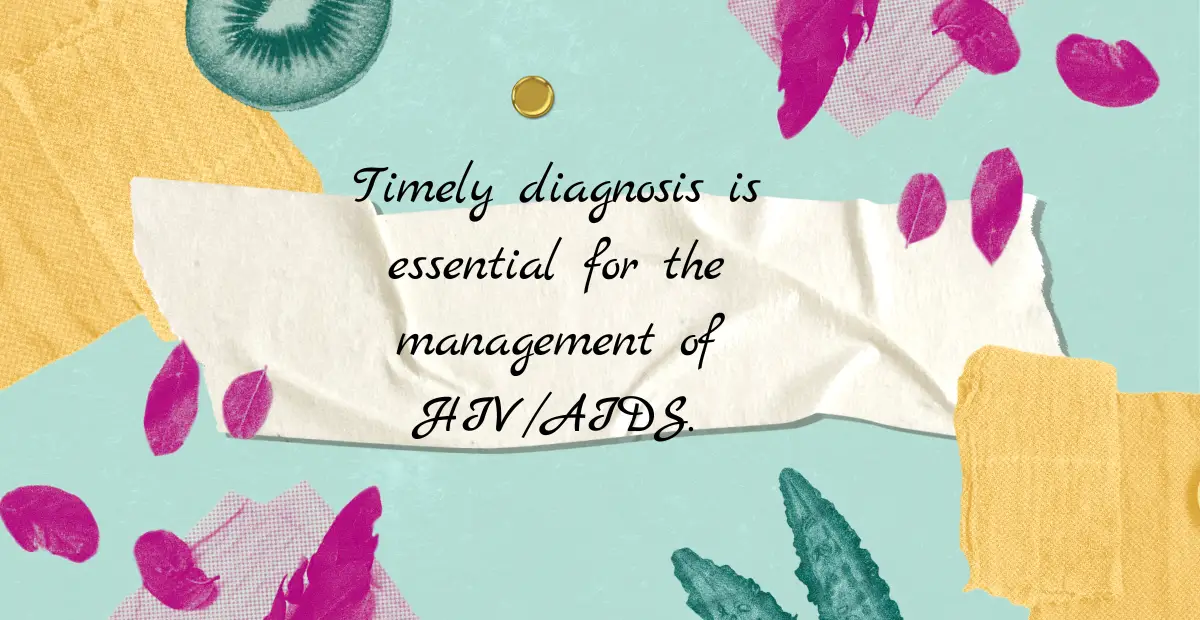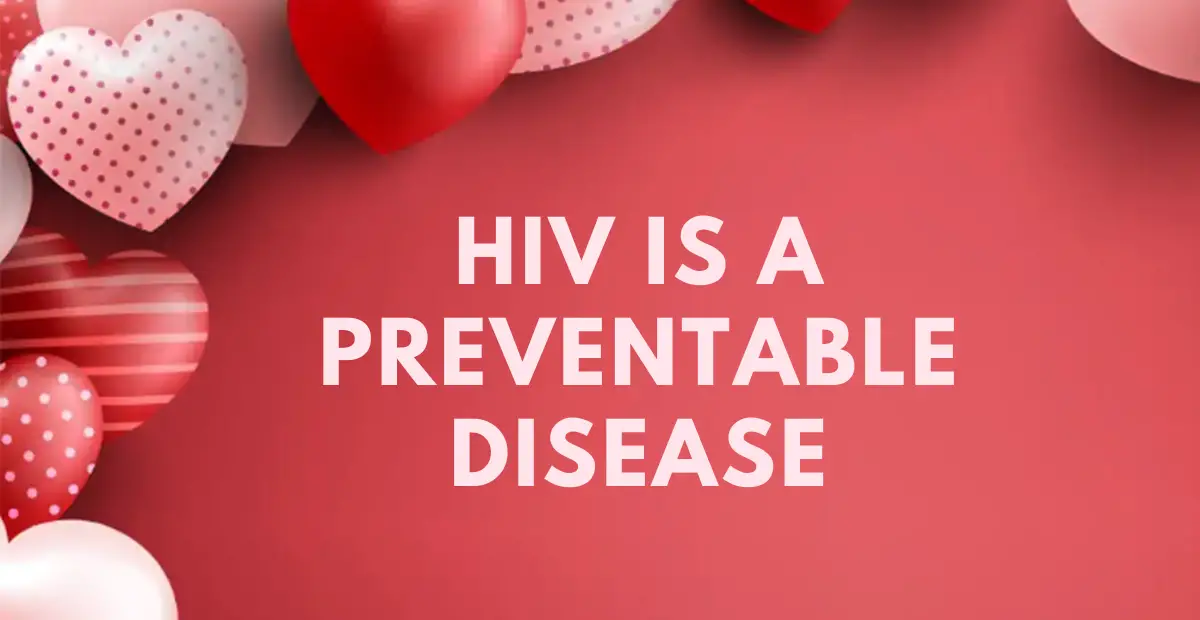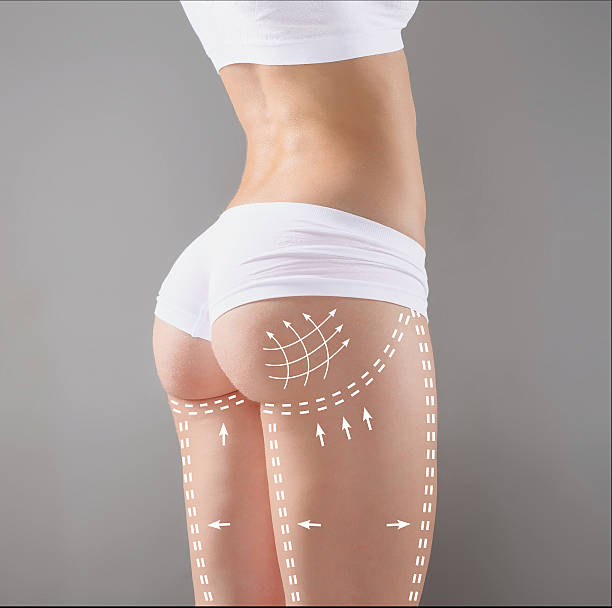Aids Awareness Day We gather here to observe and commemorate AIDS Awareness Day. It is a day of reflection, education, and solidarity as we stand together in the fight against HIV/AIDS. This disease has affected millions of lives worldwide, and it continues to be a global health challenge.
AIDS Awareness Day serves as a reminder of the importance of awareness, prevention, and support for those living with HIV/AIDS. It’s an opportunity to raise our voices and make a positive impact in the battle against this pandemic.
Key Facts Understanding
In our quest to spread awareness and knowledge about AIDS, we, as a responsible and committed team, aim to provide you with comprehensive insights into this critical health issue. AIDS Awareness Day serves as an opportunity to delve into the key facts surrounding AIDS, offering a profound understanding that can help save lives and combat misconceptions.
Overview
Acquired Immunodeficiency Syndrome (AIDS) remains a global public health concern. It is caused by the Human Immunodeficiency Virus (HIV), which attacks the body’s immune system, leaving it vulnerable to various infections and diseases. While there is no cure for HIV, early diagnosis and proper medical care can significantly improve the quality of life for those living with the virus.
AIDS Signs and Symptoms
AIDS is a condition characterized by a range of symptoms that become apparent as the immune system weakens. Common signs and symptoms include:
Persistent Fever: A high fever that lasts for weeks, often accompanied by night sweats.
Unexplained Weight Loss: A significant and unexplained drop in body weight.
Chronic Fatigue: An overwhelming sense of tiredness and fatigue that doesn’t improve with rest.
Frequent Infections: Recurrent and severe infections such as pneumonia, tuberculosis, and oral thrush.
Swollen Lymph Nodes: Enlarged lymph nodes in various parts of the body, particularly in the neck, armpits, and groin.
Transmission
HIV can be transmitted through various means, including:
Unprotected Sexual Contact: Engaging in sexual activities without the use of barrier methods, such as condoms.
Sharing Needles: Intravenous drug use involving the sharing of needles and syringes.
From Mother to Child: HIV can be transmitted from an infected mother to her child during childbirth or through breastfeeding.
Blood Transfusions: Although rare in many countries due to stringent blood screening, there is still a risk of transmission through contaminated blood or blood products.
Read more: Eat A Red Apple Day Messages
AIDS Risk Factors
Understanding the risk factors associated with HIV/AIDS is crucial for prevention. Key risk factors include:
Unprotected Sex: Engaging in sexual activities without protection increases the risk of HIV transmission.
Multiple Sexual Partners: Having multiple sexual partners without protection can elevate the risk.
Intravenous Drug Use: Sharing needles and drug paraphernalia can lead to transmission.
Mother-to-Child Transmission: Pregnant women with HIV need appropriate medical care to reduce the risk of transmission to their babies.
AIDS Diagnosis
Timely diagnosis is essential for managing HIV/AIDS. The most common diagnostic test is the HIV antibody test, which detects the presence of antibodies to the virus. Other tests, such as viral load and CD4 count tests, help monitor the progression of the disease and guide treatment decisions.
AIDS Prevention
HIV is a preventable disease.
Reduce the risk of HIV infection by:
Using a male or female condom during sex.
Being tested for HIV and sexually transmitted infections.
Having a voluntary medical male circumcision.
Using harm reduction services for people who inject and use drugs.
Doctors may suggest medicines and medical devices to help prevent HIV, including:
Antiretroviral drugs (ARVs), including oral PrEP and long-acting products.
Bapivrine vaginal rings.
Injectable long-acting cabotegravir.
ARVs can also be used to prevent mothers from passing HIV to their children.
People taking antiretroviral therapy (ART) and who have no evidence of the virus in their blood will not pass HIV to their sexual partners. Access to testing and ART is an important part of preventing HIV.

AIDS Treatment
While there is no cure for HIV, advances in medical science have led to highly effective treatments. Antiretroviral therapy (ART) is the standard treatment for HIV, which helps suppress the virus and slow the progression to AIDS. Regular medical check-ups and treatment adherence are essential for managing the condition effectively.
WHO Response
The World Health Organization (WHO) plays a pivotal role in the global response to HIV/AIDS. They work tirelessly to provide guidance, promote awareness, and support countries in implementing effective prevention and treatment programs. The WHO’s efforts have been instrumental in reducing the global burden of HIV/AIDS.

conclusion
AIDS Awareness Day serves as a poignant reminder of the ongoing battle against HIV/AIDS. It is imperative that we, as a global community, remain committed to education, prevention, and compassionate care for those affected. By spreading awareness and understanding these key facts, we can collectively work towards a future where HIV/AIDS is no longer a global health crisis.





Leave a Reply